How Are Adaptations Beneficial to Organisms
Adaptations in Kangaroo Rat. Adaptation in insectivorous birds Hibernation Aestivation Birds migration Camouflage.
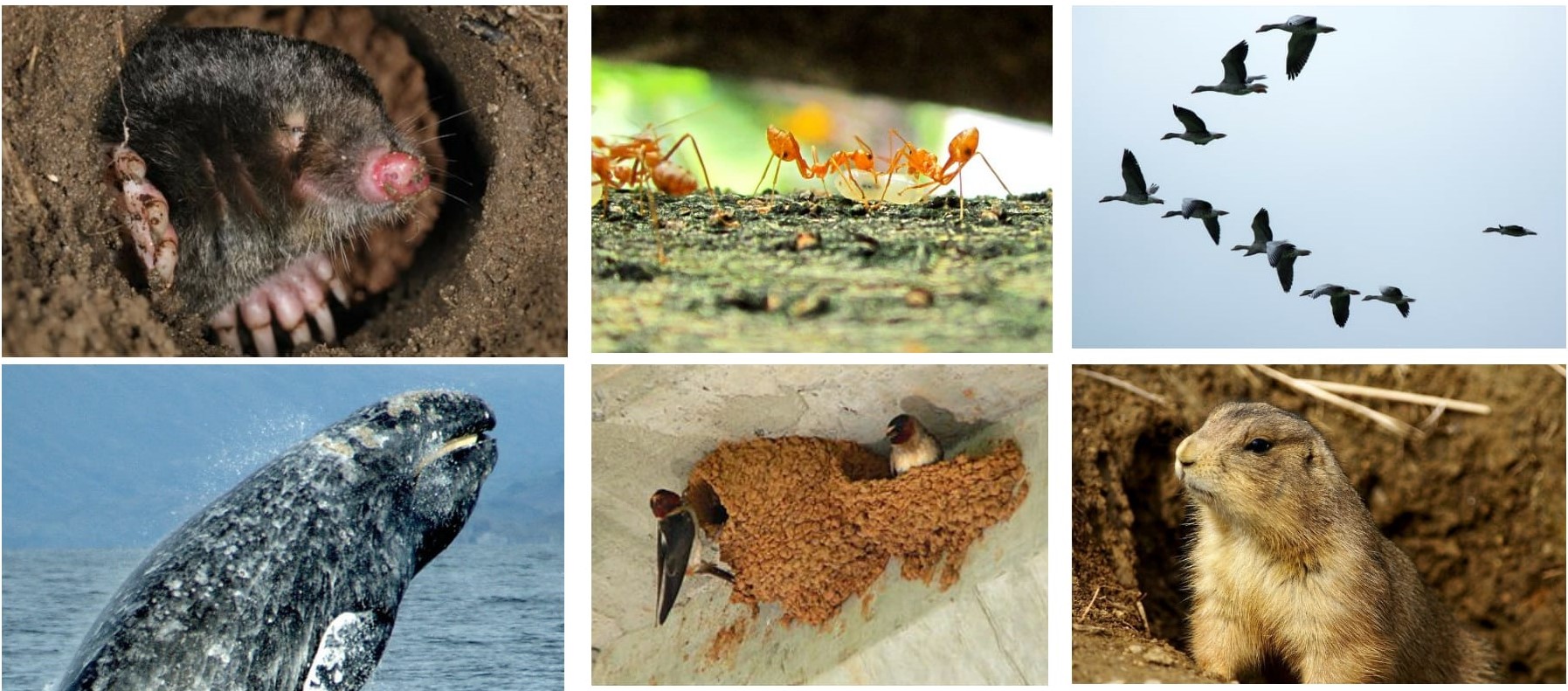
Organisms Adaptations Texas Gateway
Head body and tail compressed into a spindle-like form.

. For example giraffes have very long necks so that they can eat tall vegetation which other animals cannot reach. Animals and plants have adaptations to allow them to compete for resources. The harmless king snake sometimes called a milk snake has adapted a color pattern that resembles the deadly.
When a genetic mutation. Organisms can adapt to an environment in different ways. A behavior that allows better evasion of predators a protein that functions better at body temperature or an anatomical feature that allows the organism to access a valuable new resource all of these might be adaptations.
The abundance and distribution of organisms in an ecosystem is determined by biotic and abiotic factors. The most important reasons for adaptation are to get food and to escape from their enemies in dangerous situations through the motion way. These adaptations help the organisms to survive in their natural habitat.
Adaptations help organisms survive. It can concentrate its urine so that minimal volume of water is used to expel excretory products. The kangaroo rat in North American deserts is capable of meeting all its water requirement by internal oxidation of fat water is a byproduct in absence of water.
The coadaptation is beneficial to both organisms. Adaptations are the result of evolution and can occur when a gene mutates or changes by accident. The animals that survive pass on the mutated genes to their offsprings.
Adaptations allow animals to camouflage themselves attract mates catch prey more easily and stay alive in extreme temperatures. Living organisms are adapted to their environment. Adaptations are beneficial to organisms because they allow organisms to be better suited to live in a particular environment.
Adaptations allow organisms to tolerate dramatic changes in their environment such as when a lake dries up. Adaptations are influenced by environmental factors including climate and food availability. These animals have special ways of attracting a mate and ensuring that their babies stay alive.
A few examples of adaptations are given below. Rainforests have some of the greatest biodiversity of animals on Earth. Mimicry is another type of coadaptation.
In mimicry one organism has adapted to resemble another. A good example of this type of adaptation is the production of poison. This mutation makes it easier for the animal to survive and to reproduce and it passes the trait to.
Adaptation is essential for the survival of living organisms. Hydrostatical air bladder to maintain a. Locomotion by lateral undulation of the body aided by the fins.
Animals have a wide range of adaptations. All living things including humans on this planet have adaptations. How are adaptations beneficial to organisms.
Ebook Module 131 Adaptations help organisms survive and reproduce in any environment such that organisms can easily move into different environments. Animals which are unable to adapt to changing environmental changes die. The idea of natural selection is that traits that can be passed down allow organisms to adapt to the environment better than other organisms of the same species.
Structural Adaptations These are special attributes that involve some parts of an organisms body such as skin colour and shape. An adaptation is a special skill that helps organisms to survive in their environments. See answer 1 Best Answer.
This enables better survival and reproduction compared with other members of the species leading to evolution. Animals that have adapted to their environments are more likely to mate and reproduce which perpetuates their species. Adaptations are characteristics that enable the survival of organisms in a particular environment.
Adaptations help an organism survive andor reproduce in its current environment. Adaptations result from the evolution of populations through natural selection as a result of interactions with their environment. Adaptations help organisms survive and reproduce in a particular environment.
An adaptation is a change in a physical or behavioral characteristic that has developed to allow an animal to better survive in its environment. In this relationship the hummingbird gets food while the plants pollen is distributed. See full answer below.
Adaptations could be PHYSICAL PHYSIOLOGICAL or BEHAVIORAL. Adaptation reasons types diversity of living organisms motion in mammals. Examples include the blubber of a whale the beak of a woodpecker baleen of a humpback whale.
This means that the way they look the way they behave how they are built or their way of life makes them suited to survive and reproduce in their habitats. These adaptations are a result of genetic changes. The head is wedge-shaped the edges of the jaws and gill covers fit perfectly.
Adaptations can take many forms.
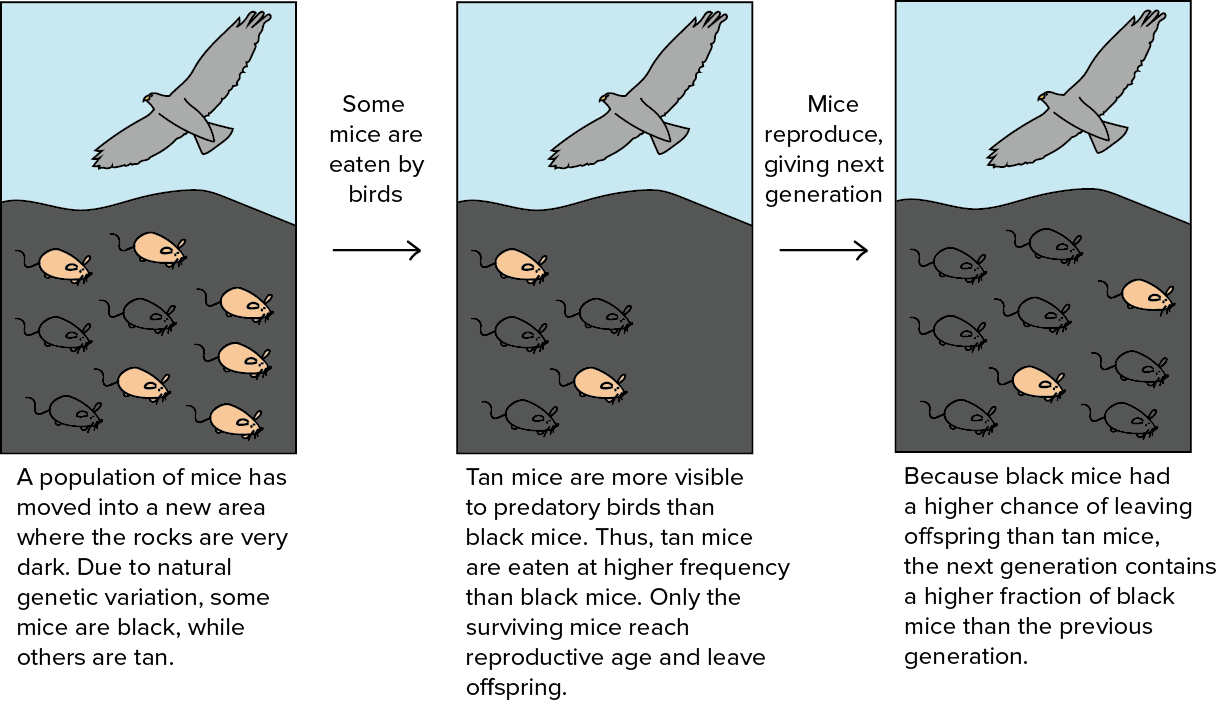
Evolution And Natural Selection Review Article Khan Academy

Adaptations Features Traits And Variation Flashcards Quizlet

Adaptations And Natural Selection Ppt Download
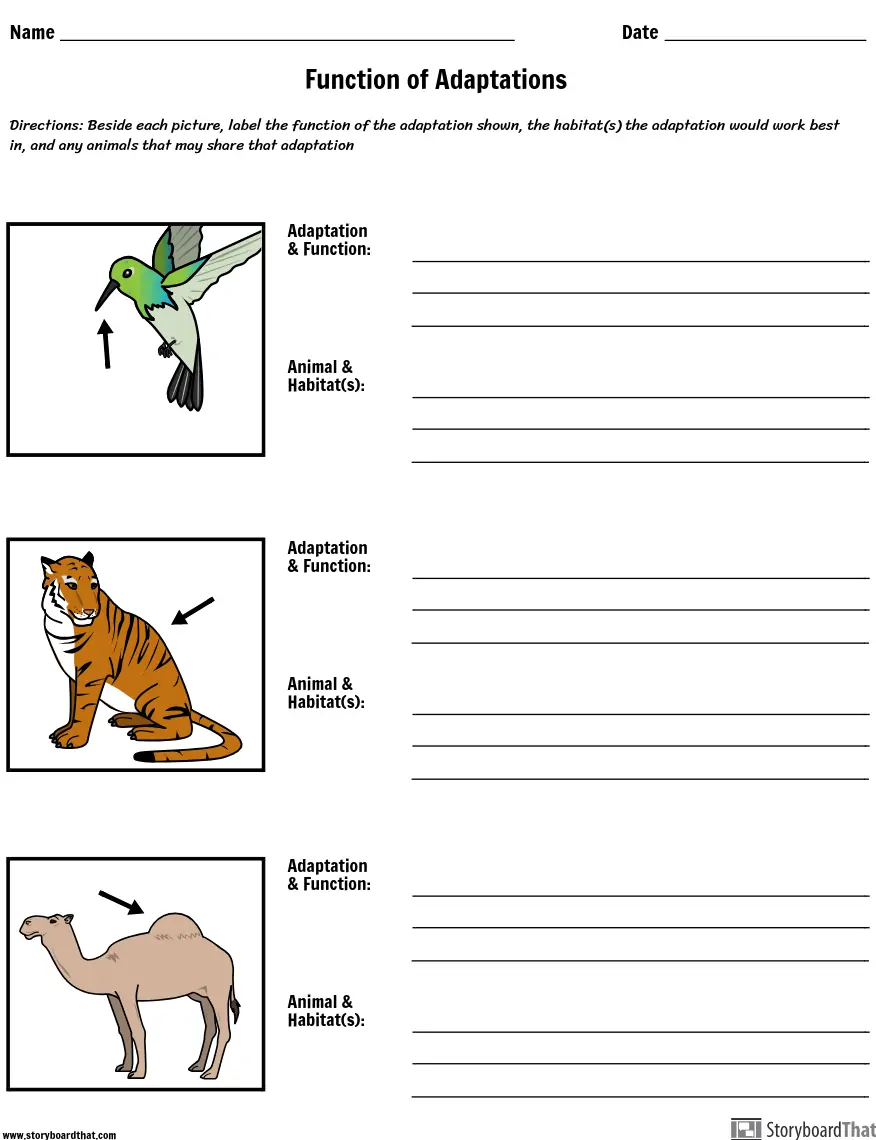
Label The Adaptation Activity Animal Adaptations
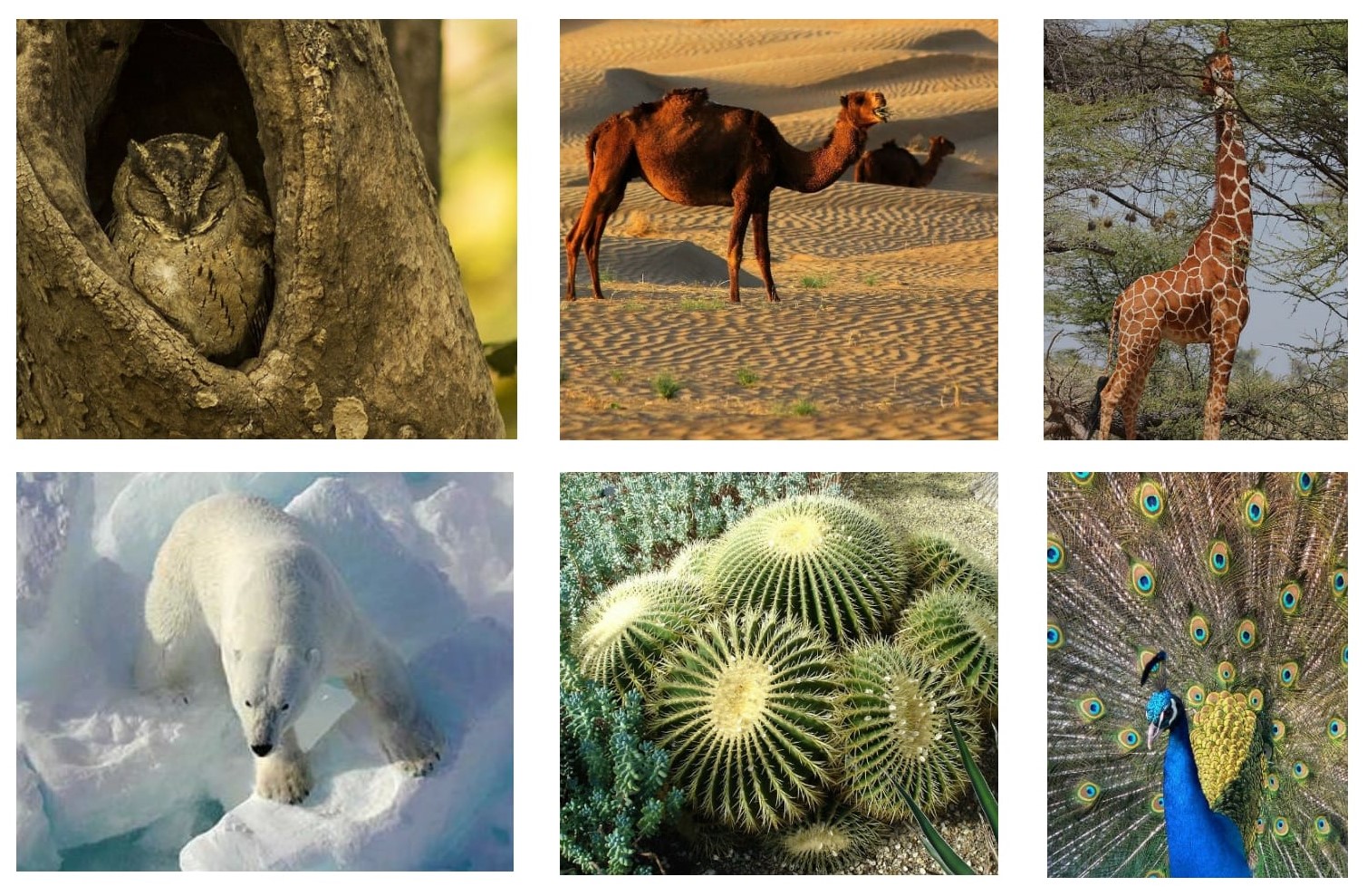
Organisms Adaptations Texas Gateway
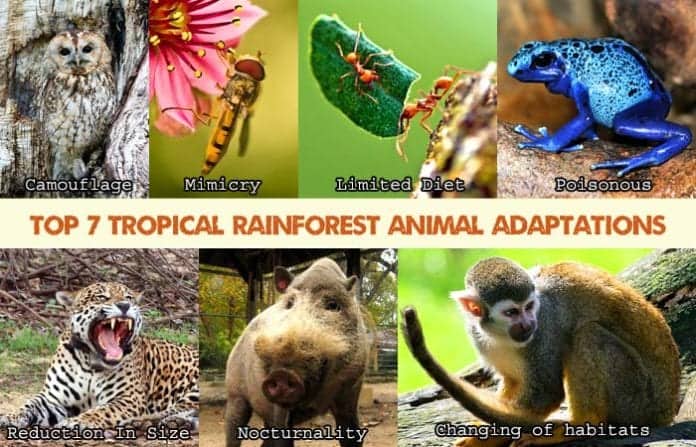
Top 7 Tropical Rainforest Animal Adaptations Biology Explorer

What Are Adaptations Lesson For Kids Video Lesson Transcript Study Com

Adaptations Natural Selection 8th Grade Science

Evolution And Natural Selection Review Article Khan Academy
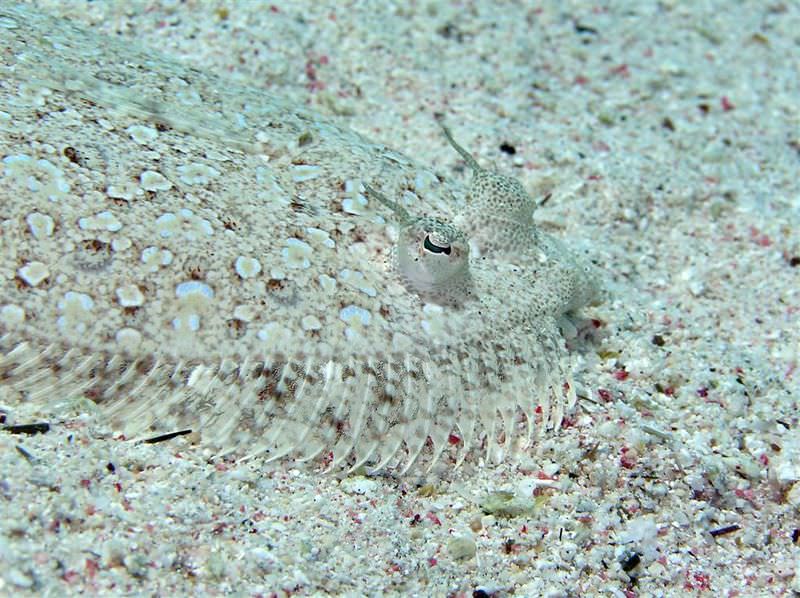
Adaptation And Evolution Of Populations Read Earth Science Ck 12 Foundation

Adaptations And Natural Selection Ppt Download
Organisms Have Adapted To The Outside World But How Can You Adapt To Something You Do Not Know Exists Example Light The Only Way To Fathom Light Is To Have Eyes So

Animal Adaptations Lesson For Kids Video Lesson Transcript Study Com
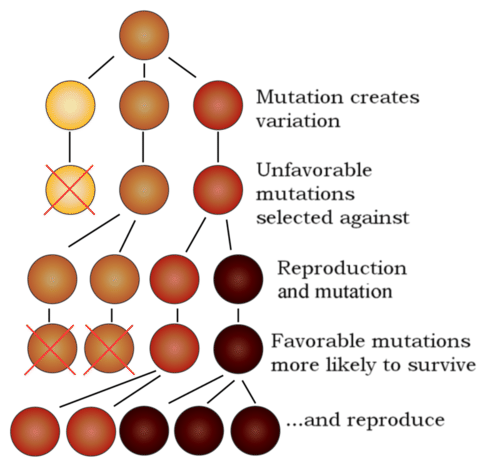
The Theory Of Evolution Advanced Ck 12 Foundation

How Are Adaptations Beneficial To Organisms Lisbdnet Com

Natureworks Structural And Behavioral Adaptations Pbs Learningmedia
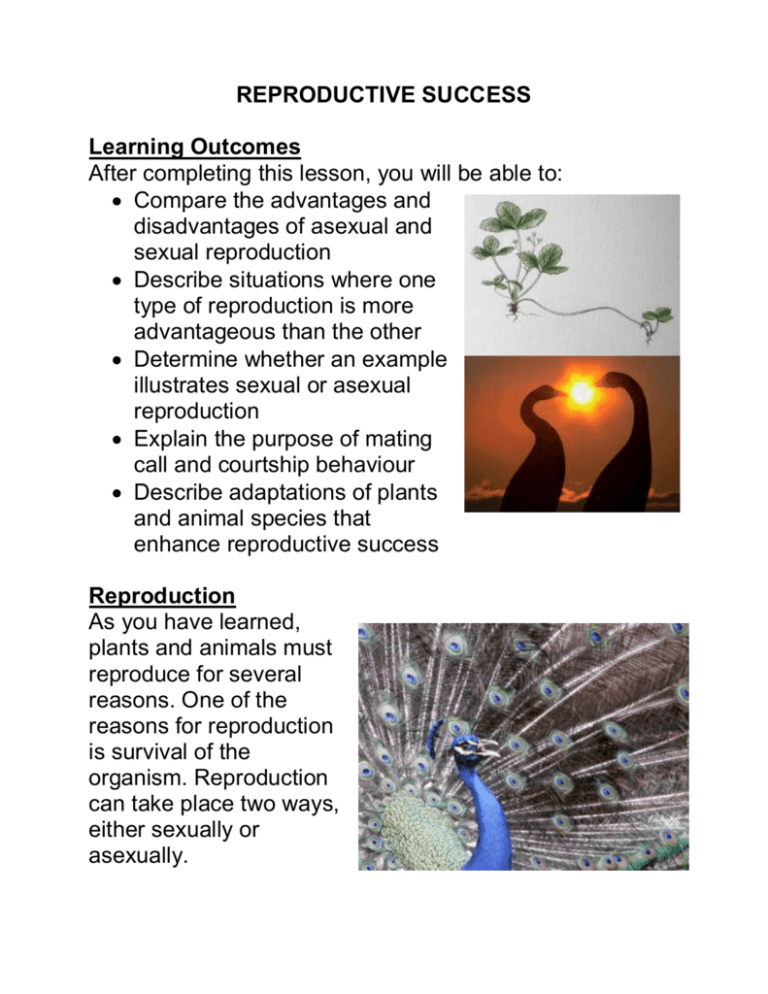
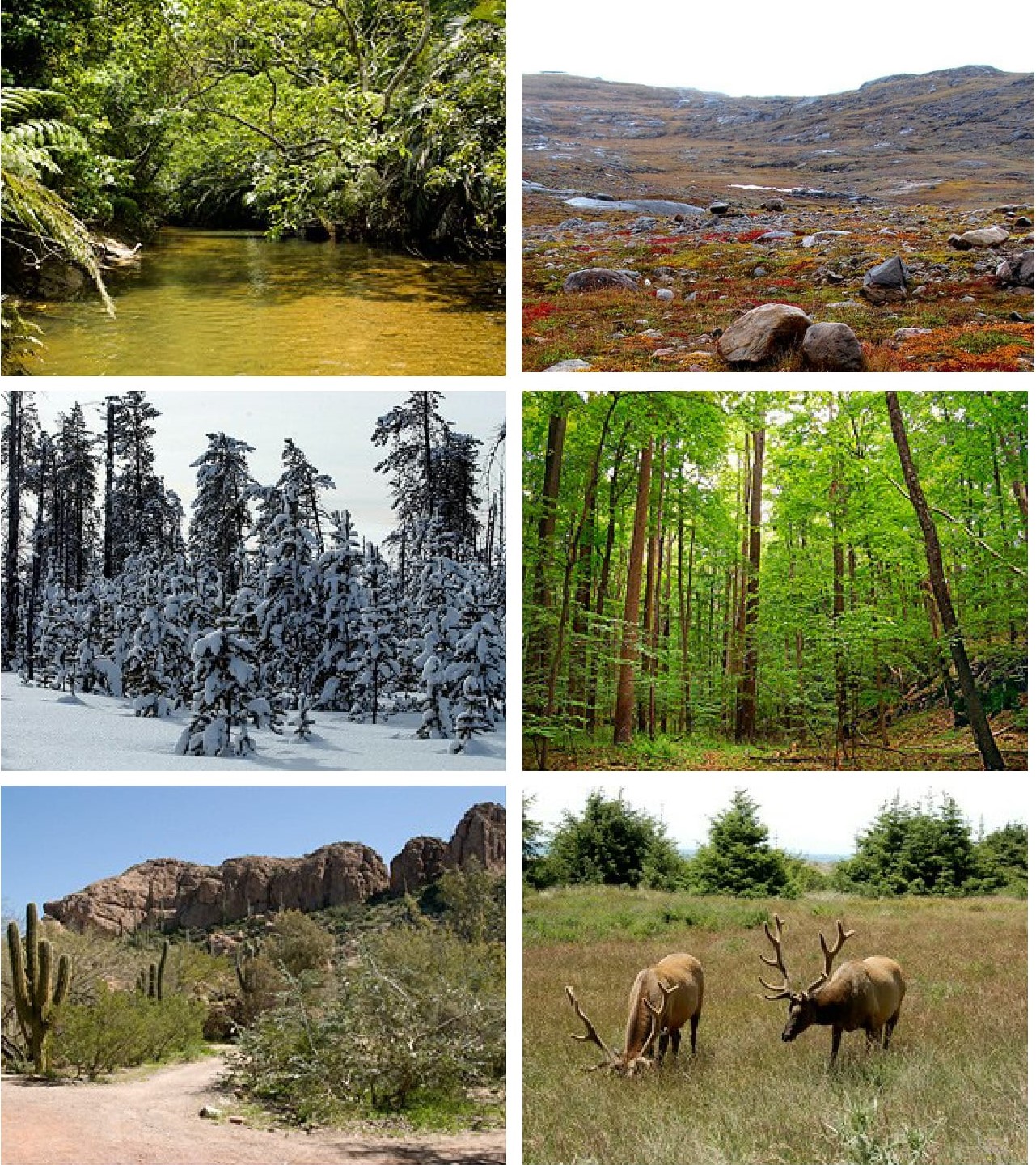

Comments
Post a Comment